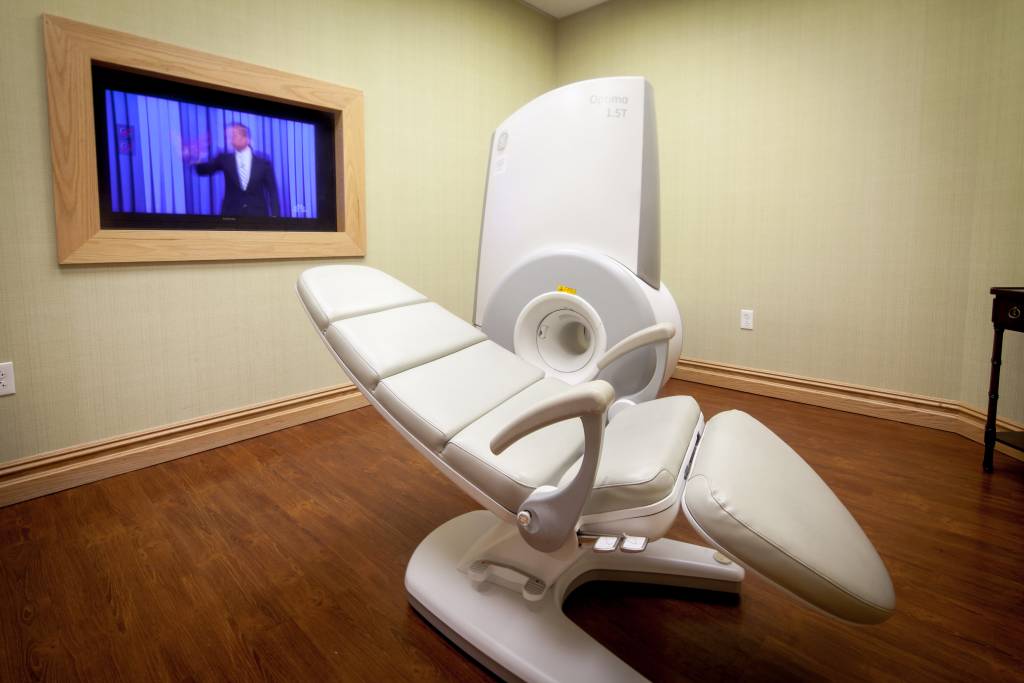Why should a woman make a conscious decision whether to take part in screening or not?“The National Health Service invites women to participate in mammography screening and each woman must make her own decision. Today the mammography exam is certainly less scary than a few years ago, both from the point of view of the amount of radiation (Editor’s note today the risk is considered much lower than the benefits obtained through screening) both from the point of view of pain and examination in itself causes. These screening programs are also subjected to rigorous quality assessments ”. “The aspect that, however, is still problematic today is the correct information to be provided on advantages and disadvantages, in particular on overdiagnosis and consequent over treatment extremity MRI in Sparta, NJ.
What is overdiagnosis?
Let’s try to explain this concept, perhaps a little difficult to understand, by contextualizing it in the context of this screening. Most of the women who participate in the program will get a negative result, benefiting from the confirmation of good health. Therefore, having participated in the screening, negative will only have the possible discomfort and anxiety for the execution of the exam. If the outcome is positive, further investigations are required to reach a diagnosis.
It may happen that during the execution of screening programs, cancers are detected that would never have manifested themselves in the course of life (the so-called overdiagnosis), and which therefore lead to useless and harmful treatments (overtreatment). These are malignant tumors that are apparently the same as the others but do not grow or do so very slowly. Unfortunately, it is not yet possible to distinguish between cancers that will become aggressive and those that do not pose a threat to life.
Another potential problem that women involved in screening may find themselves having to face is the identification of a “false positive”, that is a doubt not confirmed later in further examinations, or of a “false negative”, that is a tumor that can escape observation, for example in cases of difficult interpretation, such as when there is a dense breast.


